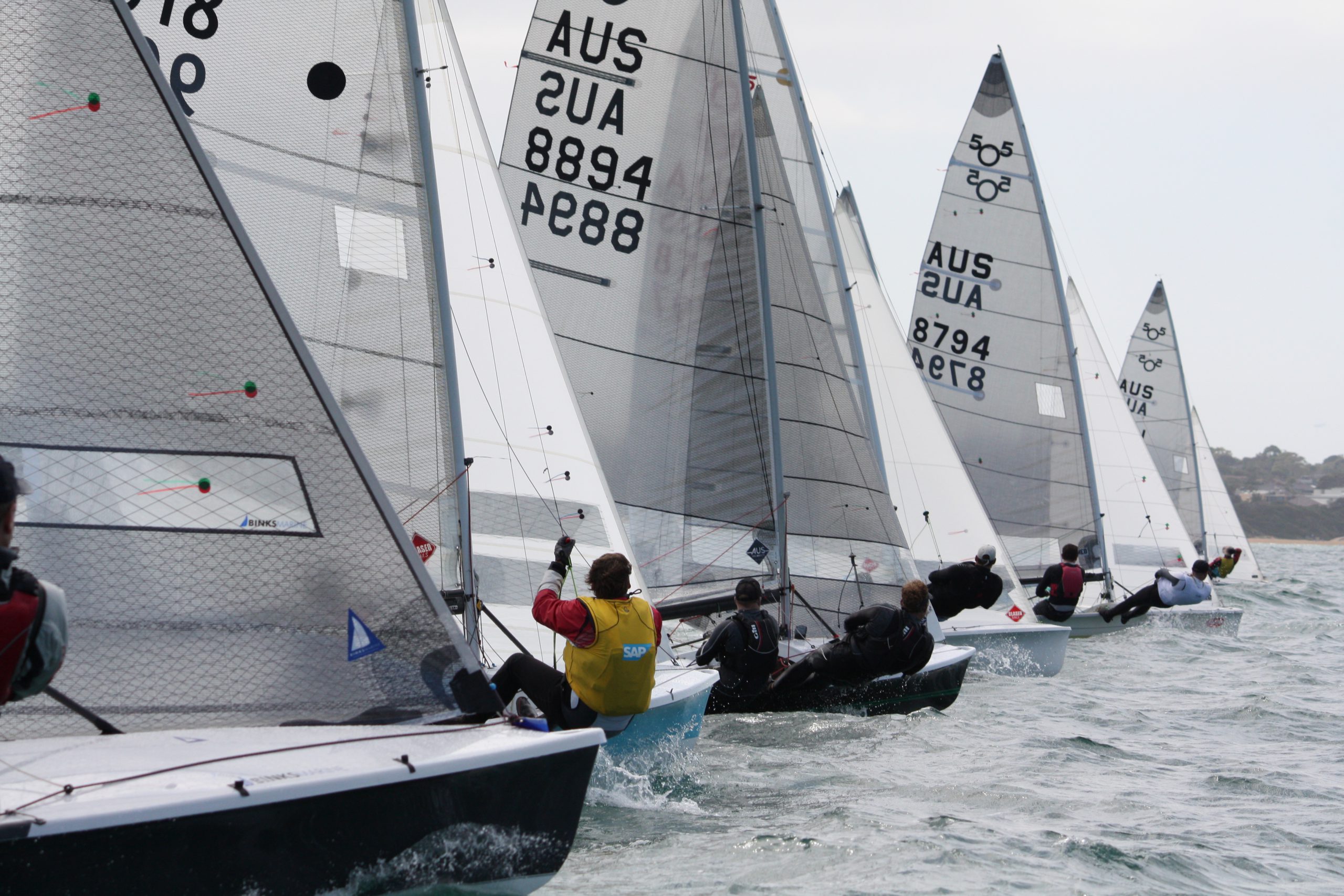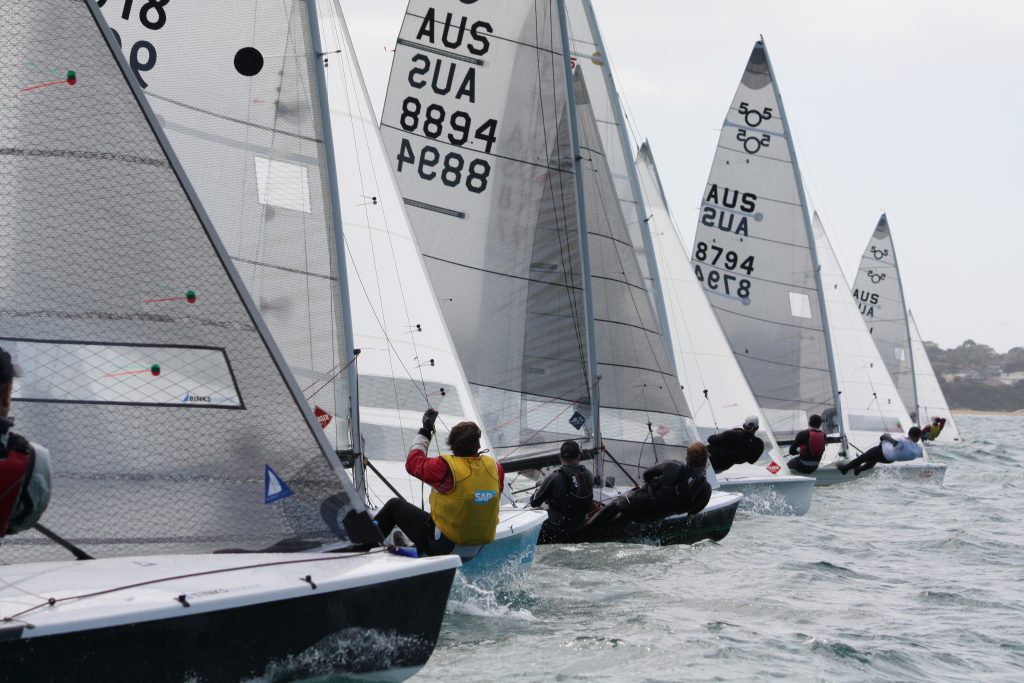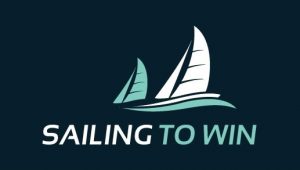

Racing in Big Fleets
With national championships and annual long-distance races fast approaching, we need to turn our minds to sailing in bigger fleets than we have been racing in all year.
Racing in big fleets requires a number of different disciplines to think about and master. In general, you can take more risks in a small fleet and if you make a mistake you are not likely to lose many boats.
There tend to be more highly skilled sailors in bigger fleets, a faster pace and less opportunities to carry out your strategic plan so you need to adjust your strategies and tactics accordingly.
Some important considerations in big fleets are –
Be conservative,
in a big fleet, there are many other boats that influence your sailing so that you are often forced to take tactical decisions over strategic decisions.
A conservative approach means not going for the best position or the best strategy but always being close to it, and accepting small mistakes or small disadvantages to avoid major mistakes.
In the regatta, you may not win every race but by being conservative you will be able to avoid really bad results and be close to the top in most races. At the end of a series, the winner often hasn’t won a single race but was always placed well.
Clear Air,
this is a no-brainer to any competitive sailor but even more critical in a big fleet. In small fleets, it’s much easier to get clear air. In big fleets, there will be heaps of boats getting slowed down by sailing in dirty air. Don’t be one of them.
The Start,
there is more chance of a disaster in a big fleet and avoid the ends. They are generally more crowded. Try to have space below and above you so that other boats cannot force you to tack away. Tacking early can also cause you to lose ground which means losing many boats in a big fleet.
Boat Speed,
set your boat up for the conditions and line up with a known performer before the start. This makes sure you have the settings right. You will not be able to win a big fleet if your speed is not at least equal to the top boats.
A word of warning though, boat speed doesn’t help you if you stuff the start or sail in dirty air.
The best preparation for sailing in a big fleet is to race in big fleets. This is not always possible so there are ways of training to prepare yourself.
Practice
When you are out practicing with other boats, simulate the big fleet by staying close together. Learn how to sail in dirty air. With a small practice fleet using a really short line is a good way to practice a big fleet start. This gives you plenty of boats in close proximity.
Train at holding lanes of clear air and practice how to stay in the windward position of a boat that is going high.
Learn how to go for speed to pace it with fast boats around you. Get in the habit of putting the bow down a couple of degrees to get the water flowing over the foils.
Learn how to adapt to each situation and the sailing styles of boats and helmsmen around you. Doing this helps you to hold your lane for a long time but also teaches you what you need to do when you drop in a leeward boat or get gassed by a boat that has come out from under your lee bow.
These are all situations that you will encounter regularly in big fleets. Instinctively knowing what to do will ensure that you make to right split-second decision every time.

